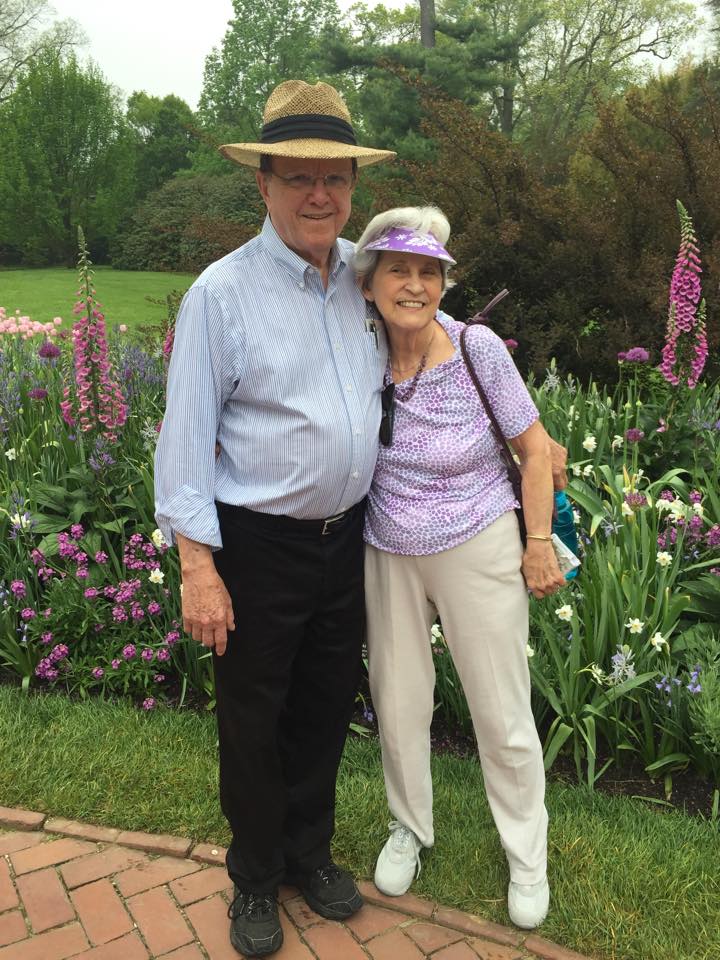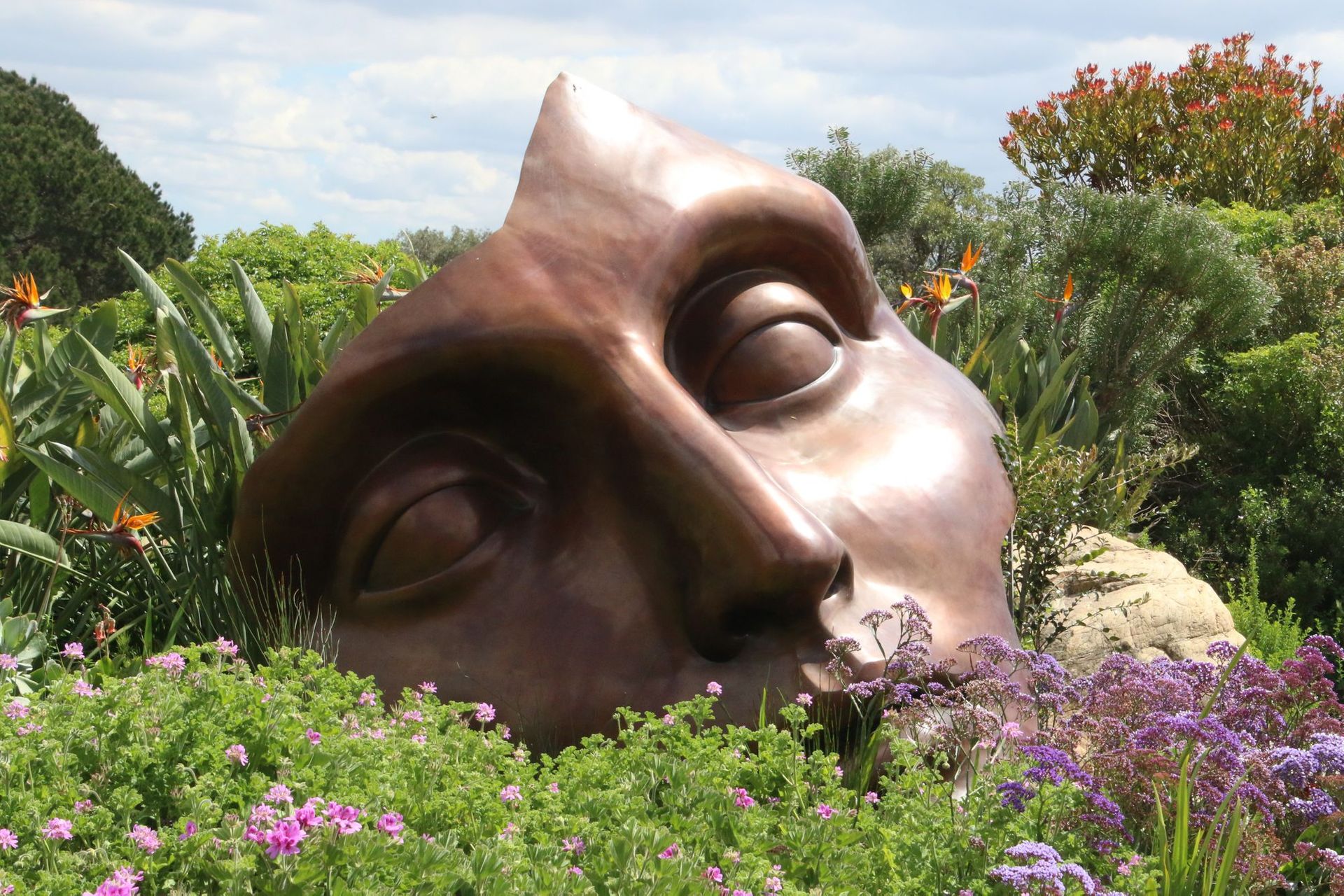‘Actions speak louder than words’ is a phrase that we’ve all heard with the inference primarily to deeds done, but also applies to the truism of body language speaking louder than words at times as well as inspiring a favorite group game--charades. As I mentally inventoried the silent but powerful ‘speaking’ that the head on our shoulders easily accomplishes with a nod, “yes”, or shake of “no”, and without pointing with a finger, direction to ‘over there’, ‘back there’, ‘up on the right’, throwing back the head in hilarity, hung in shame, bowed in worship, etc. and including the intricate messages we receive and send involving the nose, mouth, tongue, fingers, hands, arms, shoulders, legs and feet contributing ‘I know the answer’, ‘call on me,’ ’I’m not looking at you’, hands over eyes, ‘I’m not listening,’ hands covering ears, ‘cross my heart’, ‘free hugs’, ‘stay back,’ ‘follow me’, ‘ ‘what’s that smell?’, ‘I’m dying of thirst’, ‘I’m out of steam’, ‘so glad to see you!’, ‘what are you kids up to?,’ hands on the hips, ‘I’m going to bed’, head rested on prayer hands, clapping approval, rocking a baby in arms, rubbing someone’s aching back, cleaning, golfing, playing sports, working, cooking, etc., I realized we were off on an involved, educational and enjoyable journey.
Yes indeed, body messaging resembles charades that many of us have played for decades but I had little idea of the history. Google helped me out: Acted Charades only started in the 19th Century. The riddle version of Charades was a popular parlor game for quite some time, until the dawn of the 19th Century when the game took a turn. What was once a riddle game where speaking was allowed, became a mime game where only non-verbal communication and gestures were allowed. Nowadays, ever since the start of the 19th Century, players mime a hint at the Charade word/phrase without speaking or making any verbal sounds. Conventional gestures are also used. There are several basic gestures that are commonly accepted and used when playing modern acted Charades. Modern Charades that involve no talking and only non-verbal communication was known then (and is still today) as “Dumb Charades”. Not many people know this particular fact.
If you were an older teen or adult in the 60’s-70’s you’ll remember the Red Skelton show and the mime segments where he kept people laughing without breathing a word. I learned some facts about him that I didn’t know and thought some of you would find interesting. I am aware that one of my readers also performs as Ding-Dong the clown and will especially relate to this article.
Richard Red Skelton (July 18, 1913 – September 17, 1997) was an American entertainer best known for his national radio and television shows between 1937 and 1971, especially as host of the television program The Red Skelton Show. Skelton began developing his comedic and pantomime skills from the age of 10, when he became part of a traveling medicine show. He then spent time on showboat…in 1934. The "Doughnut Dunkers" pantomime sketch, which he wrote together with his wife, launched a career for him in vaudeville, radio, and films. 1941, on which many of his comedy characters were created…throughout the 1940s and 1950s, he had with starring roles in 19 films, including Ship Ahoy (1941), I Dood It (1943), Ziegfeld Follies (1946), and The Clown (1953)….Skelton was eager to work in television, even when the medium was in its infancy. The Red Skelton Show made its television premiere on September 30, 1951, on NBC. By 1954, Skelton's program moved to CBS where it was expanded to one hour and renamed The Red Skelton Hour in 1962. Skelton believed that his life's work was to make people laugh.
In 1986, in character as Clem Kaddiddlehopper, Skelton received an Honorary Doctorate of Foolology from Ball State University in Muncie, Indiana. Skelton was a Phi Sigma Kappa fraternity member and an honorary brother of the Phi Alpha Tau fraternity (based out of Emerson College in Boston, Massachusetts), from which, in 1961, he received the prestigious Connor Award.
Even though head, hands, eyes and facial movements play a significant role in charades I want to emphasize how remarkably they assist our verbal expressions. A hand-movement can seal the main point of a message. Hopefully, examining motions natural to our dialogue will help us in eradicating unnecessary as well as bothersome hand movements which can actually confuse the listener.
People-watching is a quick illustration of how dependent people are on using their hands and facial expressions in presenting their situation or attitude. When we first moved to York, the couple living directly across the street who were both hearing impaired depended on body language extensively. I recall the first time I saw them involved in a heated argument as they worked in the yard. She’d turn her eyes away refusing to see his signing. He attempted to turn her shoulder to force her to look, but to no avail. We enjoyed our friendship with them very much despite our dependence on the written word. They asked us for assistance many times and before an ambulance arrived, he came over to get us. Jim and I were delighted to be with them as she took her last breath. I wish we had invested in learning sign language so we could have conversed.
We can only marvel at the complexities of body motion in conveying our intentions, attitudes, directions and needs to others. Sometimes our mouths say one thing while our body language sends the opposite message. “I am fine”, when our body is saying ‘I’m so frustrated, I don’t know what to do.’ We may say “It’s so nice to see you”, when our face and eyes say, ‘I do not want to see anyone.’ We all need determined discipline to sharpen and refine our messages.
Don’t forget, one’s gait—style of walking—is unique. Isn’t it interesting that no one else walks exactly like another? Years ago, one of our totally blind friends assured me of that. When I’d approach to shake his hand, before I said a word he’d say “Hello, Ruth.” Amazed that he knew me before hearing my voice, I asked how he guessed who it was. “I didn’t guess”, he said, “I recognize your walk.”
This blog covering the 60 percent body language admittedly barely scratches the surface. Placing our body needs at the top of our priority list guarantees that we will be kind to our body and be good stewards of taking good care of them and teaching our children to do the same. Our bodies are precious and deserve to be treated with deep respect by healthy eating, adequate sleeping habits, drinking plenty of water, good grooming, regular exercise, avoidance of physical abuse and physical risks. (I sound like an overprotective parent, don’t I?). I cannot end this blog without mentioning how important and also wise it is to listen to your body. When your body is dead tired, let it rest. When something doesn’t feel normal, see a doctor. Our bodies faithfully send us easily understood messages for our own welfare. We are fearfully and wonderfully made.
19 Do you not know that your bodies are temples of the Holy Spirit, who is in you, whom you have received from God? You are not your own; 20 you were bought at a price. Therefore, honor God with your bodies. I Cor. 6:19-20 NIV
Your comments and questions are always appreciated.
Next week’s blog covers our unique 30 percent tonal contribution to words and actions adding color and vitality as tone includes various decibels of volume as it shifts between negative and/or positive outlooks.

